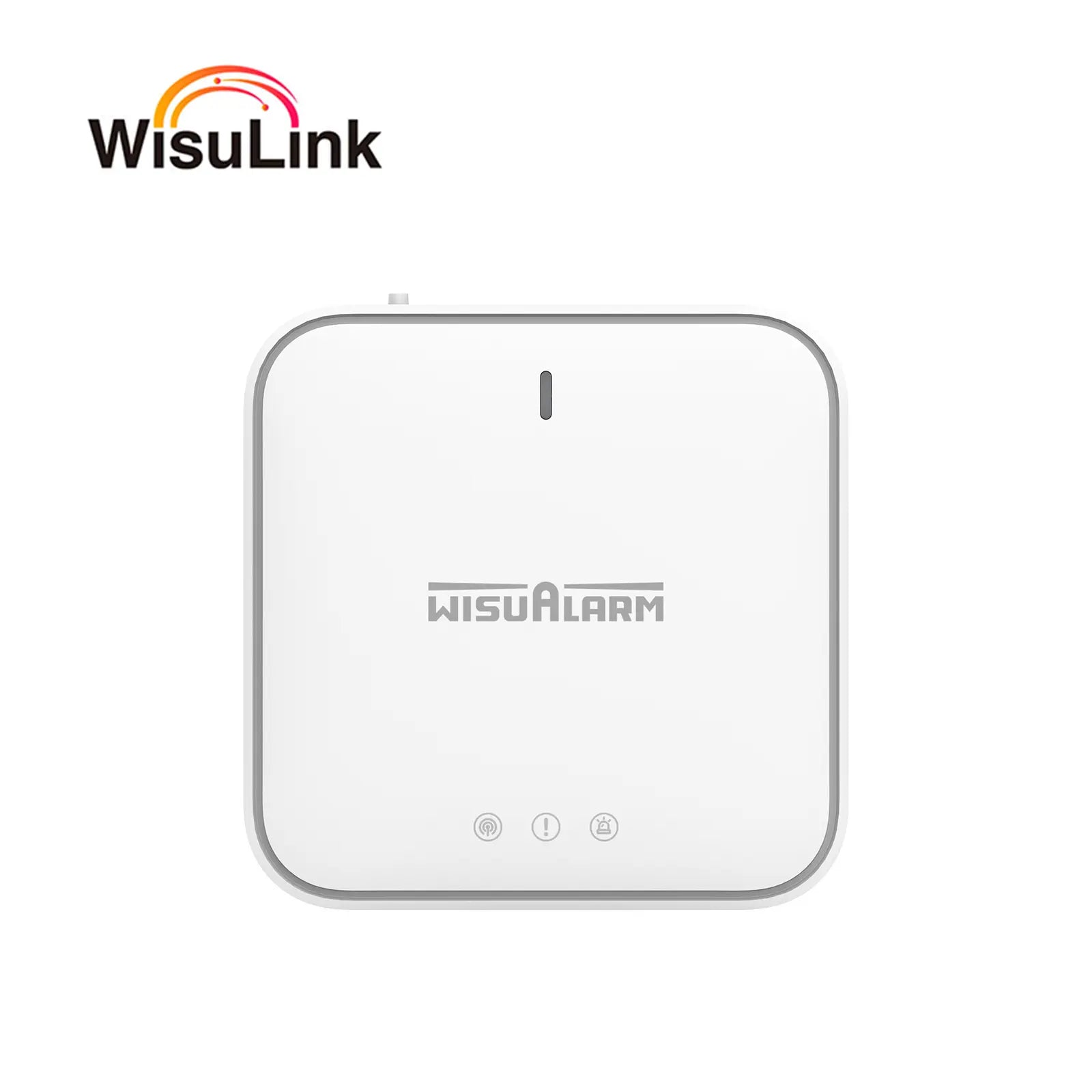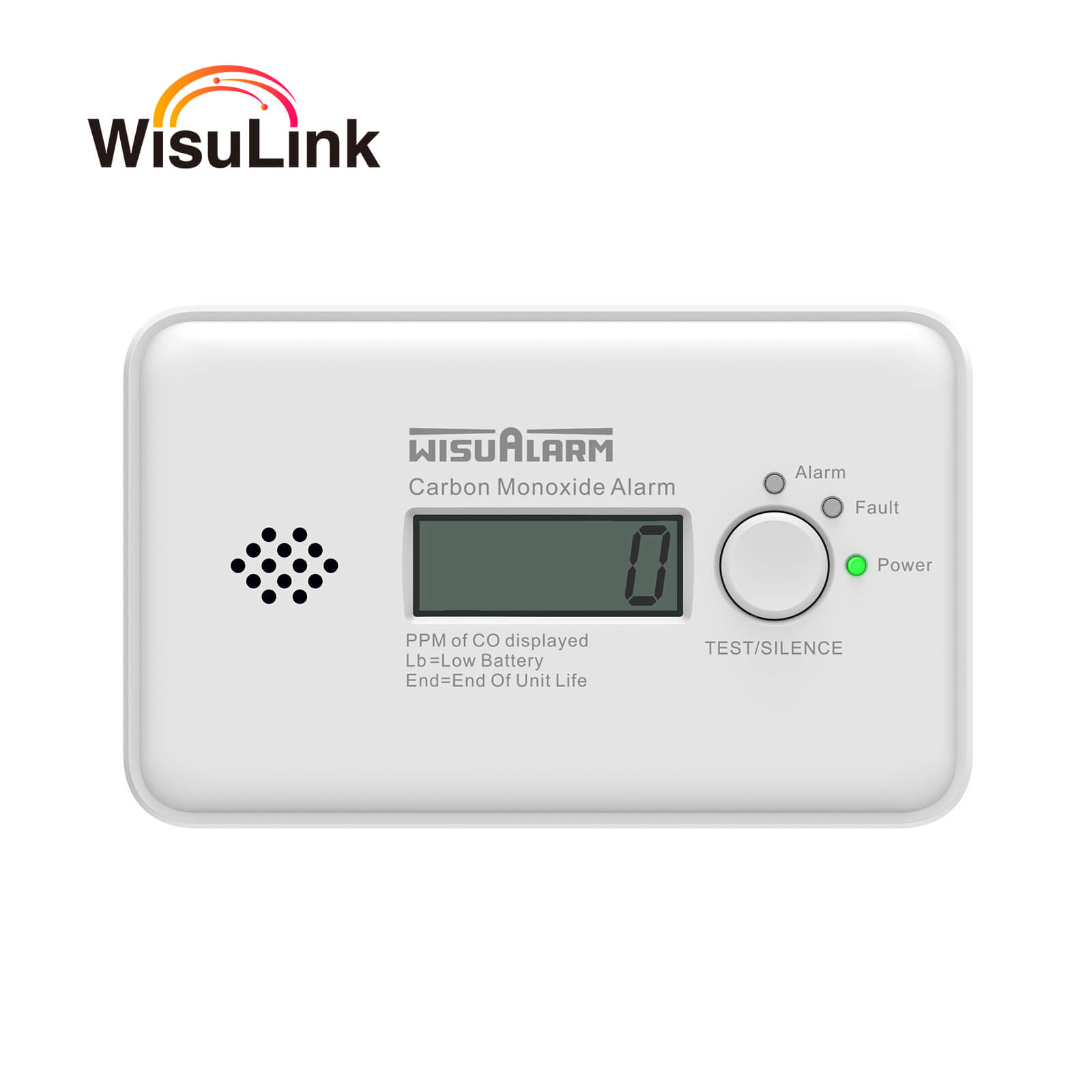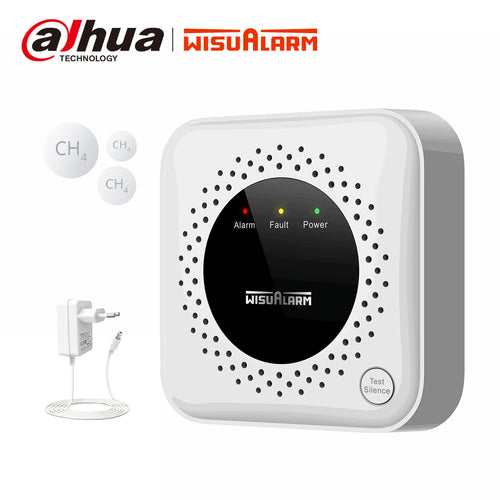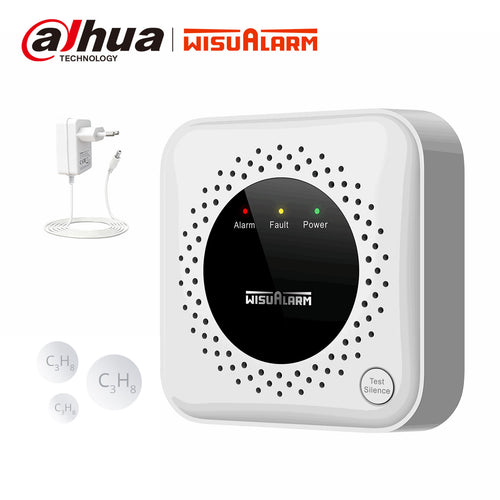In various residential and commercial environments, the presence of combustible gases such as methane (natural gas) and liquefied petroleum gas (LPG) poses significant safety hazards. Statistics indicate that gas leaks can lead to fires, explosions, and severe injuries. To mitigate these risks, the installation of gas detectors is essential. This guide provides detailed instructions on how to install methane and LPG detectors, important considerations to keep in mind, and an introduction to WISUALARM gas detection systems, which are well-regarded for their reliability and advanced technology.
Understanding Gas Detectors: Methane vs. LPG Detectors
Before diving into the installation process, it's crucial to understand the differences between methane and LPG detectors:
-
Methane Detectors: Methane is lighter than air and tends to rise. Methane detectors are designed to sense the presence of natural gas in the air and typically emit an alarm when dangerous concentrations are detected.
-
LPG Detectors: LPG, which comprises propane and butane, is heavier than air and will settle near the ground. LPG detectors are specifically engineered to detect the presence of these gases, providing critical warnings in the event of a leak.

Each type of detector relies on different technologies, including catalytic sensors and semiconductor sensors, ensuring accurate detection in their respective environments.
Step 1: Selecting the Appropriate Detectors
When choosing gas detectors, consider the following factors:
-
Certification Standards: Ensure the detectors comply with relevant international safety certifications (such as UL, CE, or CSA) indicating they are tested for accuracy and reliability.
-
Sensitivity Levels: Check the detectors' sensitivity ratings, as some may detect lower concentrations of gas than others.
-
Features: Look for additional features such as digital displays, self-test functions, battery backup, and Wi-Fi connectivity for remote monitoring.
-
Range and Coverage: Depending on the size of the space, choose models that provide adequate coverage. Larger areas may require multiple detectors.
Step 2: Preparing for Installation
Tools and Materials Needed:
- Methane and LPG detectors (certified models)
- Drill with appropriate bits
- Screws and anchors (for the wall type)
- Screwdriver
- Measuring tape
- Level
- Pencil or marker for marking
Determining Location:
-
Methane Detectors: Install these at least 12 inches from the ceiling and a few feet away from any gas appliances to prevent false alarms from normal operational emissions. Ideal locations include ceilings near gas pipelines and high-up areas in kitchens or utility rooms.
-
LPG Detectors: Position these detectors on walls, approximately 12 inches from the ground and ideally within 10 feet of gas appliances. Ensure they are not obstructed by furniture or curtains.

Step 3: Installation Process
-
Mark the Installation Location: Use the measuring tape and level to identify a suitable spot for each detector. Mark the screw holes with a pencil for easy reference.
-
Drill Holes: Depending on your wall material, drill appropriate holes for screws or wall anchors. If you're drilling into masonry, ensure the drill bit is of suitable strength and size.
-
Attach the Detectors: Align the detector with the drilled holes and secure it with screws. Use your level to ensure it is straight.
-
Connect Power Sources: Some detectors operate on batteries, while others require hardwiring. Follow the manufacturer's instructions carefully for connecting to electrical power, ensuring all connections are secure and insulated.
-
Functional Testing: Once installed, conduct a functional test of the detector according to the manufacturer's guidelines. This ensures that the device is working correctly and will provide timely alerts in the event of a gas leak.
Step 4: Important Safety Considerations
-
Regular Maintenance: Periodically test your detectors to ensure they are functioning. Replace batteries annually or according to the manufacturer's recommendations. Dust and clean the detectors to prevent false alarms.
-
Familiarize Yourself with the Alarms: Understand the different sounds or visual signals emitted by your detectors to identify gas leaks versus low battery warnings.
-
Installation Manuals: Always refer to the installation and operational manuals provided by the manufacturers for specific guidelines, warnings, and troubleshooting tips.
-
Emergency Preparedness: Develop an emergency response plan in case of a gas leak. Ensure all occupants know the sound of the alarm and the steps to take, including evacuating the premises and calling emergency services.
Introducing WISUALARM Gas Detectors
In the robust market of gas detection systems, WISUALARM stands out for its state-of-the-art technology and comprehensive safety features. Their methane and LPG detectors provide:
-
Advanced Sensory Technology: Featuring high-sensitivity sensors that deliver swift and accurate detection of gas concentrations, even in low levels.
-
User-Friendly Interface: A straightforward installation process complemented by intuitive controls and indicators, making it accessible for both professionals and general consumers.
-
Real-Time Alerts: Built-in audio alarms along with visual LED indicators provide immediate feedback if gas is detected, significantly enhancing responsiveness during critical situations.
-
Integrated Monitoring Solutions: Select models come with smart monitoring capabilities, allowing users to receive alerts on their mobile devices or computer systems for real-time updates and peace of mind.
-
Robust Design: Constructed with durability in mind, WISUALARM detectors are engineered to operate effectively in a variety of environmental conditions, ensuring long-lasting reliability.

Conclusion
Installing methane and LPG detectors is not merely a precaution; it is a vital measure to protect lives and property from the dangers of gas leaks. By following the detailed installation steps outlined above, adhering to safety recommendations, and considering high-quality products like WISUALARM, you can ensure that your space is adequately protected. Don't compromise on safety—invest in reliable gas detection today to secure your home and loved ones.




















































